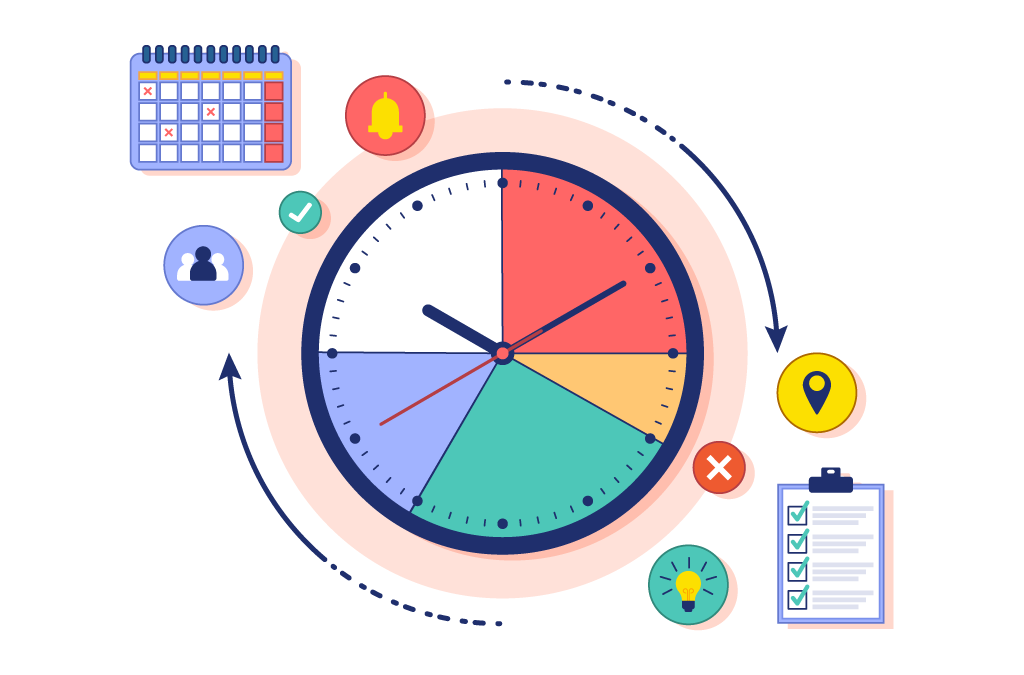When is The Right Time To Optimise/Edit A Campaign?
One of the skills that people don’t speak about much when it comes to managing paid media campaigns is knowing when and when not to make changes to a campaign.
It’s one of the most common mistakes, and in fairness, when there’s so much at stake, and emotions are involved, it’s difficult not to tweak and fiddle with the campaigns.
Scaling a campaign too fast and too hard, can result in a lot of wasted ad spend.
Making changes to a campaign before its had time to settle and gather data can mean you never get a foothold or build any momentum.
Let’s assume you’ve built out a campaign with a testing framework similar to below:
If many of these components haven’t received a meaningful amount of data, how can you conclude that they aren’t working, or need to change?
You have to make data-driven decisions with paid media.
You cannot do that without data!
Testing is a big part of the process, as is gathering data. You have to take a measured approach to campaign management, and let the campaign make the decision-making process easier for you.
So this begs the question, how often should you make changes, and what are the signals to make changes?
These are the general rules that we follow, that we’ve established over many years, and have found to be an affective approach for us when it comes to changes and timeframes:
- Never make multiple significant changes at once.
If you were to change your copy, creative, landing page, and bid, all at the same time, and then your campaign shoots into new realms of profitability, then that’s fantastic. However, you aren’t able to say with confidence, which of those changes had that effect…
By making large changes once at a time, it makes it much easier to understand and witness the impact of those changes, which is something that you can hen possibly apply to other active campaigns, or any campaigns in the future.
Having profitable campaigns is brilliant, but understanding WHY they’re profitable, is just as important.
- Give the campaigns time
Our general rule of thumb is 72 hours as a minimum. You cannot judge a campaign based on 1 days worth of data.
If it’s a new campaign, then 72 hours isn’t even enough, the 72 hour rule only applies if you know what your baseline is. If a change hasn’t improved your baselines after 72 hours have passed, then perhaps that wasn’t a good change.
There have been countless times we’ve made a change to a campaign, and the following day is totally in the toilet, but after a few days, the campaign is performing better than ever. You have to give your campaigns time to gather data and find their feet after a change.
- Make changes right at the start of the day, or ideally at late in the day as possible.
When you edit a campaign, they’re essentially paused for a brief period, then trying to get back into the mixer. It’s much easier for them to do this at the start of the day than it is in the middle.
By avoiding big edits in the middle of the day, you also reduce the impact of any disturbance or inconsistency the campaigns might display on the day of the changes.
Are these rules the only way to do things? Of course not, but this is what’s worked well for us and our clients, so we’d encourage you to utilise them too!




